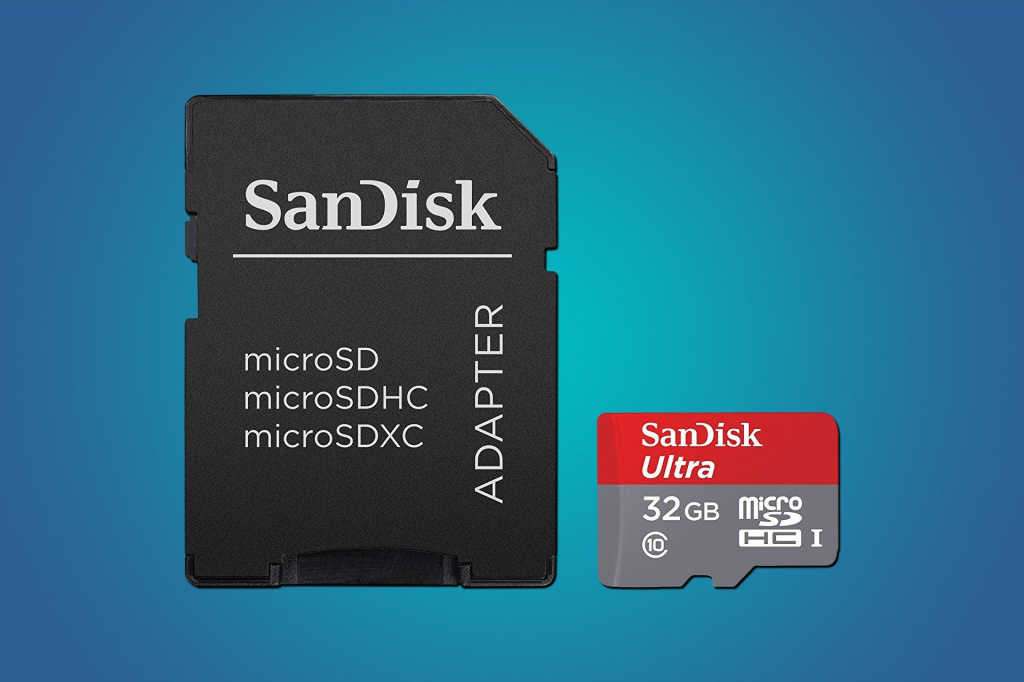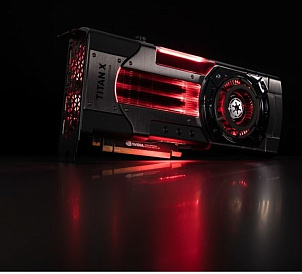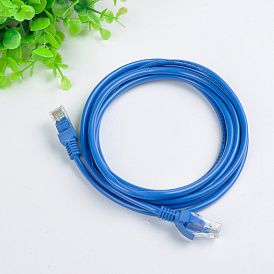What is the difference between MicroSD and MicroSDHC | Expert word
Buying a new memory card for a smartphone or some other mobile device may turn into a real “quest”. As it turns out, flash drives do not differ only in volume! There are also speed classes and types of memory cards.
MicroSD and MicroSDHC are just the types of memory cards. And now let's figure out how they differ.
Three types of memory cards - MicroSD, MicroSDHC and MicroSDXC

All of these types of memory cards look the same in principle and are a regular microSD. They differ in production technology and capacity.
MicroSD (microSDSC) - the first kind of flash drives. They were invented somewhere else in the 90s, at one time were widely used, but then it turned out that 2 GB is extremely small. And the maximum capacity of such drives - just 2 gigabytes.
Microsdhc - already more modern version. New technologies for the production of silicon "storage" cells and controllers have increased the volume of flash drives. The maximum capacity of these "cards" is 32 GB.
Microsdxc - the next stage of development of storage devices. These drives have a maximum capacity of 2 TB (terabytes), and the minimum - 64 GB. In addition to an advanced technology, it offers a redesigned exFAT file storage system, which provides high-speed access and does not limit the file size limit.
Standards are backward compatible:
-
You can insert XC, HC, and SC drives into a device with XC support;
-
In the "receiver" HC, you can install HC and SC;
-
In the “receiver” SC you can install only SC.
At the same time, the MicroSDHC standard is currently the most widely distributed in the budget segment. Its support can be found in low-cost phones, MP3 players, game consoles and similar devices. But MicroSDXC is more common in cameras, flagship devices, even high-resolution car DVRs.
If you do not know what type of memory card your device supports, but it has been released in the last 10-15 years - feel free to take MicroSDHC. They will be compatible - except with the rarest exception.
What else to look for when choosing a memory card
When choosing a "card" you should also pay attention to the speed class. This is an important feature that determines the compatibility of the drive with recording or reproducing devices.
The following classes exist:
-
Class 2. Extremely slow "cards" that can be used except for logging - and then in text format;
-
Class 4. Slightly more nimble versions that are suitable for use in MP3-players, e-books and other devices, where almost no recording is used;
-
Class 6. Also designed for mobile players or e-books. They can also be used in smartphones - but only if they are not stored applications or "throw off" photos;
-
Class 10. Already suitable for smartphones, including use for storing applications, recording videos, photos, as well as other multimedia content;
-
Uhs-i. For mirror and mirrorless cameras of the lower and middle price ranges;
-
UHS-III. For mirrorless, SLR cameras, camcorders, action cameras of high price range.
If you install a “slow” card in a “fast” device, various problems can occur during recording - from the loss of certain data to the complete destruction of files.
But other technical features such as protection from vibration or exposure to radioactive rays should be chosen depending on their goals and preferences.













